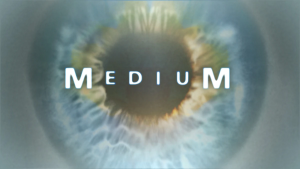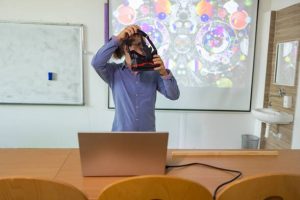In the digital age, storytelling is undergoing a profound transformation, driven by the burgeoning capabilities of artificial intelligence (AI). As AI content generation becomes increasingly sophisticated, it has begun to redefine how stories are crafted and consumed. This evolution presents both exciting opportunities and complex challenges for creators and audiences alike.
At its core, storytelling is about conveying experiences and emotions that resonate with people. Traditionally, this has been the domain of human creativity—writers, filmmakers, artists—all drawing from their personal insights and cultural contexts. However, AI systems like GPT-3 have demonstrated an uncanny ability to generate text that mimics human writing styles. These systems can produce narratives at scale and speed unimaginable in previous eras.
One of the most significant advantages of AI content generation in storytelling is its potential to democratize content creation. By lowering barriers to entry, AI tools empower individuals without formal training or resources to express their ideas creatively. Aspiring writers can use these tools as collaborators or muses, generating plot ideas or even entire drafts that they can refine further. This accessibility could lead to a more diverse array of voices contributing to our global narrative tapestry.
However, this technological shift also raises important questions about originality and authenticity. If an algorithm generates a story based on patterns learned from existing works, where does authorship truly lie? The blending of machine-generated content with human creativity blurs traditional boundaries between creator and tool. This ambiguity challenges legal frameworks around intellectual property rights and compels us to rethink what constitutes creative ownership in the digital age.
Moreover, while AI can mimic certain aspects of human creativity remarkably well, it lacks genuine emotional understanding—a key element in compelling storytelling. Human storytellers draw upon lived experiences and empathy; machines do not possess these qualities inherently but simulate them through data processing. Therefore, stories generated solely by AI might miss nuances that resonate deeply with human audiences.
Despite these concerns, there are promising possibilities for collaboration between humans and machines in crafting richer narratives than either could achieve alone. For instance, writers might leverage AI’s analytical prowess for research purposes or rely on its pattern recognition abilities for editing tasks such as continuity checks across complex plots.
As we navigate this new landscape where technology intertwines with artistry more intimately than ever before—pushing boundaries yet preserving humanity’s intrinsic need for connection through stories—it becomes crucial not only how we wield these powerful tools but also why we choose particular paths over others when telling tales anew amidst rapid technological advancement shaping tomorrow’s cultural heritage today.




